Common Childhood Ailments Every Parent Should Know About
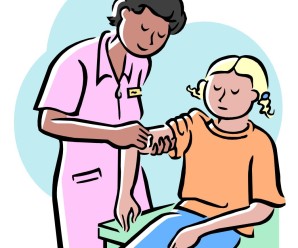
The most difficult thing for a parent to cope with is seeing the apple of their eye suffer. While ensuring that you follow the vaccination schedule given to you by your children’s hospital in Hyderabad, it is also important to know the basics of the common illnesses that affect children. Knowing the causes and symptoms will not only help you take your child for early diagnosis and treatment but it could also help you prevent some of the ailments completely. Here’s a look at the most common illnesses that affect children.
Common Childhood illnesses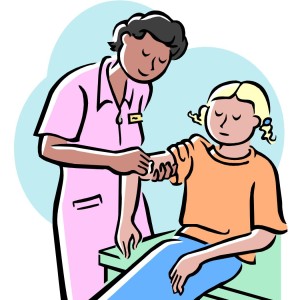
Most of us know that a wide variety of viruses and bacteria is spread through the coughing or sneezing of an infected person in the vicinity of your little one. In addition, surfaces that are touched by many people, such as doorknobs, staircase bannisters, faucets or toys in public places, could also become deadly sources of germs. Since we cannot control everything in our environment, the next best thing is to arm yourself with knowledge so that you can contact your children’s hospital in Hyderabad at the earliest.
Whooping Cough: Also known as pertussis, this is a very contagious bacterial infection that affects the respiratory system. The most vulnerable are the youngest infants, since they have not yet completed their two doses of vaccinations. The symptoms of this illness include low grade fever, a runny nose and a mild cough. With time, the severity of the cough increases, with the child coughing rapidly and violently, again and again, till their lungs are devoid of air. This cough can last for several weeks and when the child inhales, you will be able to hear the characteristics “whooping” sound. Whooping cough is spread through direct contact with an infected person. The bacteria are also air-borne.
Cold & Flu: It is quite common for children to catch a cold several times a year. This is because younger children have not yet developed an immunity to the cold viruses. Influenza on the other had is a respiratory ailment and is often seasonal. The symptoms of flu include fever, cough, runny nose, sneezing, body aches, headache, sore throat, and sometimes even nausea, vomiting and diarrhoea. Influenza viruses are air-borne and therefore it is important to keep adults and children suffering from the flu away from your baby, till they develop a stronger immune system and have completed their course of vaccinations. While the virus can be spread through the coughing and sneezing of an infected person, it can also be spread through direct contact with an infected person or touching a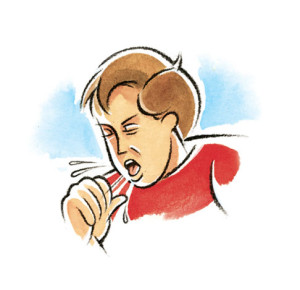 n object that has recently been handled by an infected person.
n object that has recently been handled by an infected person.
Croup: This ailment mainly affects children under the age of 5 and is usually caused by the cold virus. The good news is that this illness is rarely serious. It affects the throat and vocal cords, causing the lining of these areas to become red and inflamed. This is the same ailment that is called laryngitis in older children and adults. The symptoms are similar to that of the common cold and could develop into fever and cough, with a hoarse, raspy voice, a loud, barking cough, noise while breathing, with activity making the sound worse, and tiredness. The symptoms could worsen at night.
Chickenpox: Although this is common among children, chickenpox could also affect adults. The best course of action to limit suffering is to recognise it early and seek immediate help from a good children’s hospital in Hyderabad. Symptoms include low grade fever till a rash develops, the rash could appear anywhere on the body, including the face and scalp. The rash begins as small, red spots that spread through the body to the limbs, developing over time in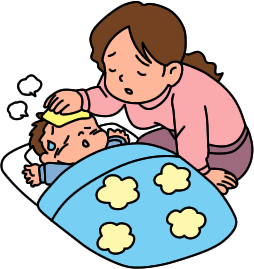 to fluid-filled blisters that tend to be itchy. Once the blister ruptures, the sore will dry and develop a brown scab. Chickenpox usually lasts for about ten days. Direct contact with an infected person is the easiest way for the illness to spread, although the virus is also air-borne.
to fluid-filled blisters that tend to be itchy. Once the blister ruptures, the sore will dry and develop a brown scab. Chickenpox usually lasts for about ten days. Direct contact with an infected person is the easiest way for the illness to spread, although the virus is also air-borne.
Measles: Anyone without the MMR vaccination can develop measles, although it is most common among children aged 3 to 5 years. Measles is among the most contagious diseases and can lead to complications that could include death. This is why it is recommended that you ask your children’s hospital in Hyderabad for a vaccination schedule and ensure that you follow it. Symptoms include cough, runny nose, fever and watery eyes that appear inflamed. Small red spots will develop around the mouth with a white or bluish white center. You will also observe dark red, blotchy rashes developing on the face and then spreading through the body. The rash usually starts between the third and seventh day and lasts for 4 to 7 days. A blood test might be required for accurate diagnosis.


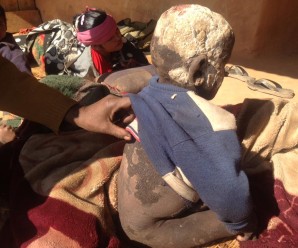
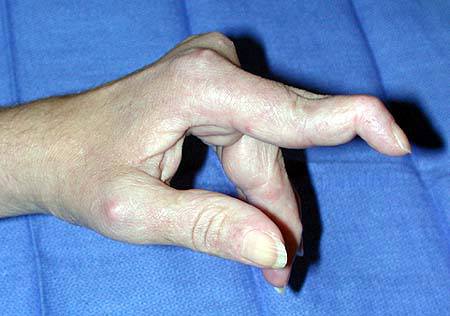

3 Comments
Good blog, very useful for parents in today’s scenario. Cough, Cold, Chickenpox, Measles, croup discussed in one blog.
Very useful post. This is my first time i visit here. I found so many interesting stuff in your blog especially its discussion. Really its great article. Keep it up.
Really an awesome article.
This will really help us a lot to understand the common illness of children.
Almost every child faces all or one of the above-mentioned illness.
A very Nice article and thanks a lot for sharing with us.
Comments are closed.